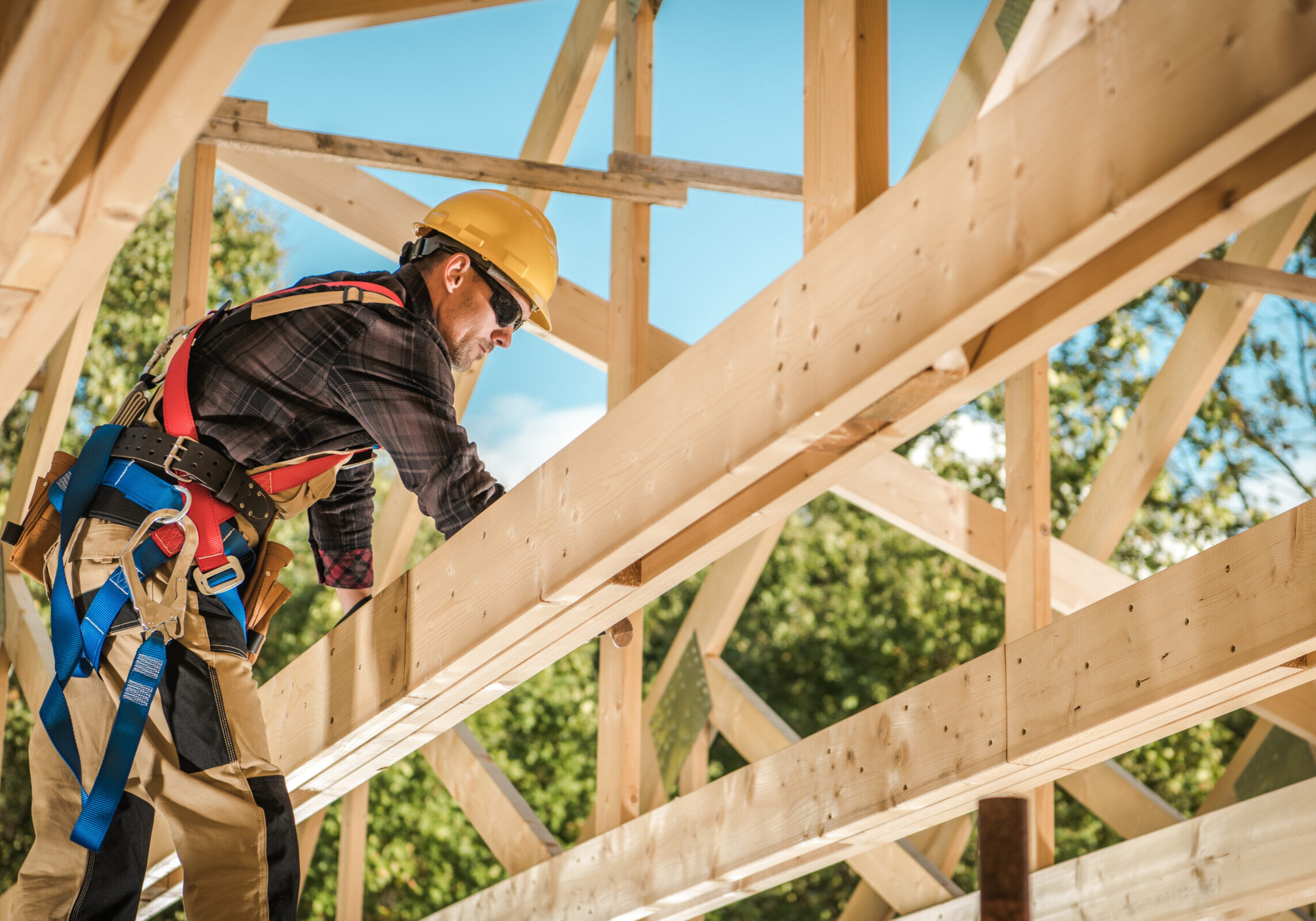Are You Neglecting Your Existing Builder Base? 5 Strategies for Customer Retention.
September 11, 2019

Everyone likes a new sale. They keep a company moving forward and grow your revenue. In fact, we won’t even include a ‘but’ to transition to our blog topic, because that’s just it: new customers are great. Existing customers are great, though, too, and they can sometimes be a neglected base — and if you’re not actively increasing customer retention among those home builders, you’re only punishing your bottom line.
But we understand the challenges. Establishing brand loyalty can be difficult in the new residential construction industry when so many variables go into play for each project, from budget limitations to subcontractor preferences. But that makes it even more important to remind existing builder customers why they chose your brand in the first place.
It’s not a closing, it’s an opening
Those tasked with retention likely vary company to company — whether it’s account managers, marketing, sales reps or a combination therein — but the basic process stays the same. A sales rep closes the sale, and that lead becomes an existing customer. And without good organization, the shine from that customer could diminish with each passing day, especially if their purchase patterns aren’t exactly consistent.
But we like Noah Fleming’s take: “Treat the act of keeping customers as important as it is to getting them!”
Fleming, a marketer and consultant, is the author of “Evergreen: Cultivate the Enduring Customer Loyalty that Keeps Your Business Thriving.” He continues, “too many organizations have been overly-inspired by Alec Baldwin’s classic ‘Always Be Closing’ speech in the film Glengarry Glen Ross. I don’t believe you ‘close’ a sale — you ‘open’ a relationship.”
It might also help to know that it costs 5 to 25 times less to retain a customer than capture new ones. So, look at it as the opportunity it is. You already have people who’ve bought into your brand at least once, and now you have the perfect opening to encourage them to do so again.
Check in with your existing base
You’re not going to maintain a relationship if you never check in — that’s self-explanatory. But it’ll depend on your resources on how to accomplish this. For starters, lots has been written about how to stay in touch. But we can also tell you how we help our manufacturing partners connect with home builders here at HomeSphere.
First, it’s a joint effort. Our in-market specialists stay in touch because it’s their job to know what’s going on in their market and they value making that connection. Then, they pass on feedback from home builders to our internal team as well as our partner brands to help strengthen both new and existing relationships. Simultaneously, our marketing team works with business development to update builders on new products and other timely information from our partner brands.
We relay this information in in-person meetings, enewsletters, phone calls and more, with the goal that we’re fostering a two-way conversation between our manufacturers and our builders.
If you’re not a HomeSphere brand partner, it’s important that you keep in contact with your customers on a regular basis, and that can generally be accomplished through an enewsletter. As Brandastic states, 86 percent of people like to receive news from businesses they’ve purchased from. Include information on your new products and closely monitor the performance of the emails (particularly the open and hard bounce rates) so you know if your emails are being ignored or if you have an outdated customer email list. We talk more about healthy email lists and best email practices in this post.
Look for opportunities to cross-sell or upsell
Existing customers represent the perfect opportunity to cross-sell (suggesting a complementary product in addition to what they’ve purchased) or upsell (prompting upgrades or additional items that are made for the product they’ve purchased).
But as Hubspot reiterates, you need to approach customers with offers that make sense. Don’t email a builder who ordered your budget line product and ask them if they want to upgrade to the most expensive product line instead. That’s a clear disregard for their needs. But you can open a conversation about other projects they’re working on and see what works better for different project specs.
Alternately, if you know they purchased Product X from you for a specific development, you can also follow up later to recommend the complementary Product Y. Explain why additionally adding Product Y to the project would appeal to a home builder’s own customer, homebuyers.
Ask for feedback to improve what you offer
Show your existing customers you care about their feedback by openly asking for it. From a survey to reaching out directly, there are several ways to receive high quality feedback that aren’t complicated or time-consuming.
And what you gain in response could be more than illuminating. For instance, you could receive positive reinforcement on what you’re doing right. That’s helpful to know. Negative feedback, though harder to hear, is also helpful. It lets you know where you can improve, and that’s key.
By soliciting feedback, you could also get ahead of a blow-up on your review page, allowing you to address a customer’s bad feelings before they’re publicly aired.
But once you have the feedback, take this advice to heart: disseminate it to the people in your company who could benefit from it. That includes sales, marketing and product development. Too often useful information gets held hostage for no necessary reason.
Know who your valuable customers are
Rewarding loyal customers is a pretty common practice now, but it goes a long way for a reason. Imagine spending thousands of dollars on a brand, doing it repeatedly and then getting no recognition at all for your loyalty. And worst case, imagine seeing that same brand incentivizing new customers to make a purchase with no thought for your own business.
Unfortunately, it can happen, and it’s not a good look.
Hubspot has some ideas on how to reward loyalty, including points systems, but what's really key is to know who your most valuable customers are. In our realm, that means giving higher rebates to your best customers. So, within our program, we have a loyalty system in place that rewards builders for using more of our brands, a benefit to both our manufacturer partners and builders.
Our platform, HomeSphere-IQ®, also makes it easy for manufacturers to see which builders are using their brands, and which builders aren’t. This way, manufacturers can identify existing relationships that can be made even better, while simultaneously making a plan for the builders they aren’t reaching. We also make it a point to let manufacturers know through monthly communications when they aren’t taking advantage of all the opportunities they can.
The point is that you have a world of opportunity within your existing builder base and it’s in your best interest (and theirs) to create a solid and mutually beneficial relationship.
Not yet a HomeSphere partner?
HomeSphere manufacturer partners have access to the largest community of home builders in the United States. Become a Partner today.






